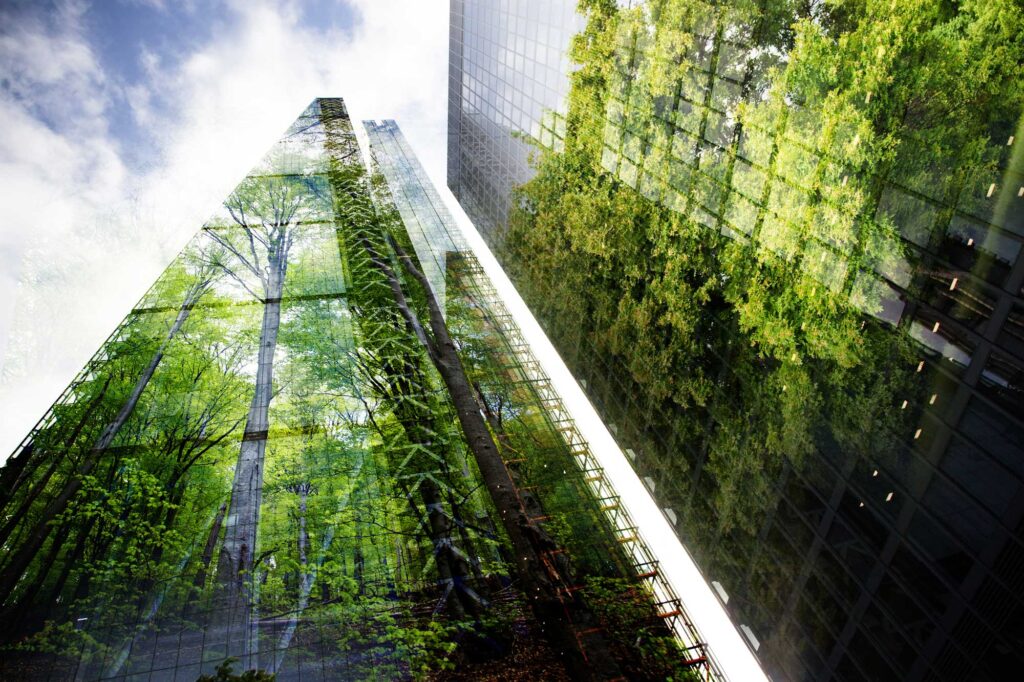FINANCIAL ANALYSIS OF GREEN BUILDING INVESTMENTS
Financial Analysis of Green Building Investments
Green building investments have gained significant attention in recent years due to their potential to provide both environmental benefits and favorable financial returns. As the world grapples with the challenges posed by climate change, investors are increasingly recognizing the value of sustainable and energy-efficient buildings. This article delves into the financial analysis of green building investments, highlighting key points that investors should consider when evaluating such opportunities.
Key Points:
- Energy Efficiency Yields Cost Savings: One of the primary advantages of green buildings is their enhanced energy efficiency. Incorporating energy-efficient technologies and design principles can lead to substantial reductions in operational costs. Energy-efficient lighting, HVAC systems, insulation, and renewable energy sources contribute to lower utility bills, thereby increasing a building’s net operating income (NOI) and overall profitability.
- Higher Asset Value: Green buildings often command higher property values. The market recognizes the long-term benefits of reduced energy consumption and lower environmental impact, leading to increased demand and potentially higher rental or resale rates. Studies have shown that green-certified buildings tend to have higher market values and can serve as a hedge against volatility in the real estate market.
- Regulatory Incentives: Many governments offer incentives, tax breaks, and grants to encourage green building initiatives. These incentives can significantly offset the upfront costs associated with implementing sustainable features. Investors should thoroughly research local and national policies to understand the potential financial advantages available in their target markets.
- Occupancy and Tenant Attraction: Green buildings often provide improved indoor air quality and a healthier living/working environment. This can lead to higher tenant satisfaction, increased occupancy rates, and reduced tenant turnover. Businesses are also recognizing the appeal of sustainable office spaces, which can enhance the marketability of the building to potential tenants.
- Lifecycle Cost Analysis: Investors should look beyond initial construction costs and consider the lifecycle costs of a building. While green building components might have higher upfront expenses, they often prove more cost-effective over the building’s lifespan due to reduced maintenance and operational costs. Conducting a thorough lifecycle cost analysis can provide a clearer picture of the investment’s long-term financial viability.
- Resilience and Risk Mitigation: Green buildings are designed with a focus on resilience and minimizing environmental impact. These features can translate into reduced vulnerability to regulatory changes, energy price fluctuations, and physical climate risks. Investors should factor in the potential risk mitigation benefits when evaluating the overall financial feasibility of a green building investment.
- Certifications and Market Recognition: Green building certifications like LEED (Leadership in Energy and Environmental Design) provide a standardized way to measure a building’s sustainability performance. These certifications not only demonstrate a commitment to sustainability but also enhance market recognition and attractiveness to environmentally conscious investors and tenants.

- Financing and Insurance: The growing popularity of green building investments has led to specialized financing options and insurance products. Green financing often comes with favorable terms, such as lower interest rates and extended loan terms. Additionally, green building insurance can provide coverage tailored to the unique risks associated with sustainable properties.
In conclusion, the financial analysis of green building investments goes beyond traditional metrics. While upfront costs may be higher, the long-term financial benefits, including energy cost savings, increased asset value, and risk mitigation, often outweigh the initial investment. As sustainability continues to drive market trends, investors who integrate environmental considerations into their financial analyses are likely to find rewarding opportunities in the realm of green building investments.


